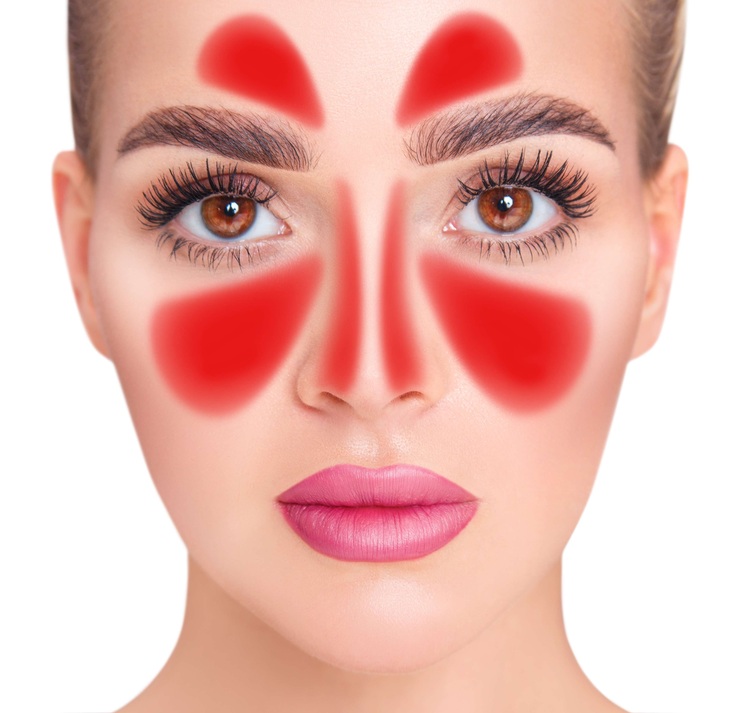The Art of Contouring: Sculpting Beauty with Light and Shadow
Contouring, a makeup technique that has taken the beauty world by storm, is far more than just a fleeting trend. This artful approach to enhancing facial features has deep roots in theatrical makeup and portrait painting, dating back centuries. By strategically applying light and dark shades to create the illusion of depth and dimension, contouring has the power to transform facial structure, accentuate cheekbones, and even alter the appearance of nose shape. Its rise to mainstream popularity in recent years has been fueled by social media, celebrity endorsements, and the increasing accessibility of makeup tutorials. However, the true mastery of contouring lies in its ability to adapt to individual face shapes and personal preferences, making it a versatile skill in any makeup enthusiast's arsenal.

In the 1950s and 1960s, makeup artists working in Hollywood began to experiment with more subtle contouring techniques for everyday wear. Legendary makeup artist Way Bandy popularized the concept of “sculpting” the face with makeup in the 1970s, paving the way for modern contouring methods.
The Science Behind the Art
At its core, contouring plays with the principles of light and shadow to create optical illusions. By applying darker shades to areas that naturally recede and highlighting areas that protrude, makeup artists can effectively alter the perception of facial structure. This technique is based on the concept of chiaroscuro in art, which uses strong contrasts between light and dark to create the illusion of three-dimensional form.
The effectiveness of contouring also relies on understanding facial anatomy and how light interacts with different facial planes. Makeup artists must consider the natural bone structure, muscle placement, and skin texture when applying contour products to achieve a natural and flattering result.
Tools and Techniques of Modern Contouring
Today’s contouring techniques employ a wide range of products and tools. Cream, powder, and liquid formulations are available, each offering different levels of coverage and blendability. The choice of product often depends on skin type, desired finish, and personal preference.
Common tools for applying contour include angled brushes, beauty sponges, and even fingers for more precise application. The key to successful contouring lies in blending – harsh lines are a telltale sign of amateur application. Many makeup artists advocate for a “less is more” approach, building up color gradually for a more natural effect.
Contouring for Different Face Shapes
One of the most critical aspects of contouring is understanding how to adapt the technique to different face shapes. While there are general guidelines, the art of contouring is highly individualized:
-
Oval faces: Often considered the “ideal” shape, oval faces require minimal contouring. Light application along the temples and jawline can enhance natural features.
-
Round faces: Contouring can help create the illusion of length. Applying darker shades along the sides of the face and beneath the cheekbones can slim and elongate the appearance.
-
Square faces: Softening the angles of the jaw and forehead with contour can create a more oval appearance.
-
Heart-shaped faces: Contouring the chin and temples can balance out a wider forehead.
-
Diamond faces: Applying contour to the cheekbones and temples can soften prominent cheekbones and create balance.
The Impact of Social Media on Contouring Trends
The rise of social media platforms, particularly Instagram and YouTube, has dramatically influenced the popularity and evolution of contouring techniques. Beauty influencers and makeup artists have used these platforms to share tutorials, tips, and product recommendations, making advanced makeup techniques more accessible to the general public.
However, this democratization of makeup knowledge has also led to some controversial trends. The “Instagram face” – characterized by heavily contoured features, sharp cheekbones, and a sculpted nose – has been criticized for promoting unrealistic beauty standards and encouraging excessive makeup use.
Contouring in Professional Makeup Artistry
In the world of professional makeup artistry, contouring remains an essential skill. From bridal makeup to editorial photoshoots, the ability to subtly enhance facial features is crucial. Professional makeup artists often emphasize the importance of customizing contouring techniques to suit individual clients, considering factors such as bone structure, skin tone, and the specific requirements of different lighting conditions and camera lenses.
The Future of Contouring: From Heavy-Handed to Subtle Sophistication
As beauty trends continue to evolve, there’s a noticeable shift towards more natural, subtle contouring techniques. This movement aligns with broader trends in the beauty industry that prioritize skin health and individual uniqueness over heavy makeup application.
Innovative products are emerging to support this shift, including “skincare-makeup hybrids” that offer contouring benefits while nourishing the skin. Additionally, advancements in cosmetic technology are leading to the development of more sophisticated formulas that mimic the natural play of light on skin, allowing for even more realistic and seamless contouring effects.
Ethical Considerations and Inclusivity in Contouring
As the beauty industry continues to grapple with issues of inclusivity and representation, the practice of contouring has come under scrutiny. Critics argue that traditional contouring techniques often cater to Eurocentric beauty standards, potentially marginalizing diverse facial features and skin tones.
In response, many makeup artists and brands are working to develop and promote contouring techniques and products that celebrate a wider range of facial structures and skin tones. This includes expanding shade ranges for contour products and creating tutorials that showcase contouring on diverse models.
The Enduring Artistry of Contouring
Contouring, with its rich history and ever-evolving techniques, remains a testament to the transformative power of makeup. As both an art form and a science, it continues to captivate beauty enthusiasts and professionals alike. While trends may come and go, the fundamental principles of contouring – enhancing natural beauty through the skillful manipulation of light and shadow – are likely to endure.
As we look to the future, the art of contouring is poised to become more sophisticated, inclusive, and tailored to individual needs. Whether embraced as a daily ritual or reserved for special occasions, contouring’s ability to sculpt, define, and enhance facial features ensures its place as a cornerstone technique in the world of beauty.




